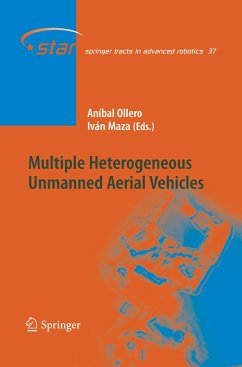This volume addresses selected aerothermodynamic design problems for three vehicle classes: winged reentry, non-winged reentry, and airbreathing hypersonic flight vehicles. Following an introductory chapter, the book presents the basics of flight trajectory mechanics, giving the aerothermodynamicist an understanding of the principal issues relevant to the field. In the following chapters, specific aerothermodynamic phenomena are discussed for the three vehicle classes, major simulation problems are singled out, and particular trends are examined. Available coefficients of longitudinal motion are presented for a variety of shapes of operational and studied vehicles, and aerothermodynamic issues of stabilization, trim, and control devices are treated. A full chapter is devoted to describing equations for aerodynamic forces, moments, center of pressure, trim, and stability. Another chapter focuses on multidisciplinary design aspects, presenting the mathematical models and the coupling procedures in detail. Other chapters address the thermal state of a vehicle surface, thermal loads, and thermal surface effects, which are among the major topics of hypersonic vehicle design. The governing equations for flow in thermo-chemical non-equilibrium are presented, along with properties of the earth's atmosphere. Finally, constants and dimensions, symbol definitions, a glossary, acronyms, and a solution guide to problems are provided.
This book will be a great boon to graduate students, doctoral students, design and development engineers, and technical managers alike.
This book will be a great boon to graduate students, doctoral students, design and development engineers, and technical managers alike.
From the reviews:
"Both authors have worked for nearly 40 years on a variety of hypersonic projects so their knowledge and expertise are well worth reading about. ... This is a book for people who need an answer; for more understanding consult the multitude of references included, but for practitioners this is a most useful contribution to the literature." (J. L. Stollery, The Aeronautical Journal, August, 2010)
"Both authors have worked for nearly 40 years on a variety of hypersonic projects so their knowledge and expertise are well worth reading about. ... This is a book for people who need an answer; for more understanding consult the multitude of references included, but for practitioners this is a most useful contribution to the literature." (J. L. Stollery, The Aeronautical Journal, August, 2010)








